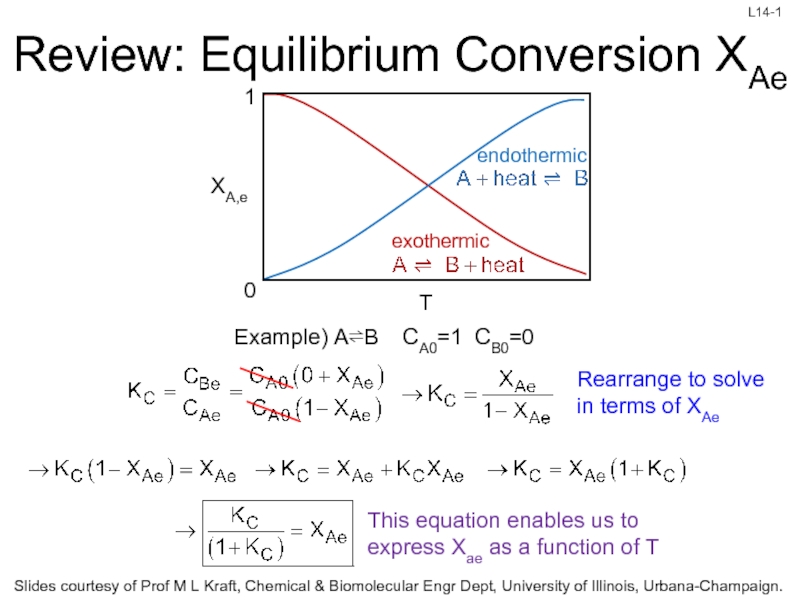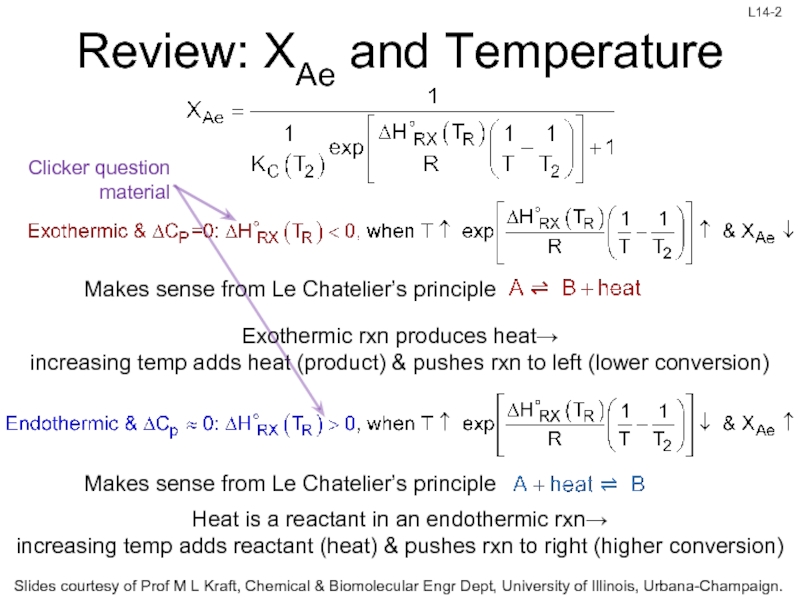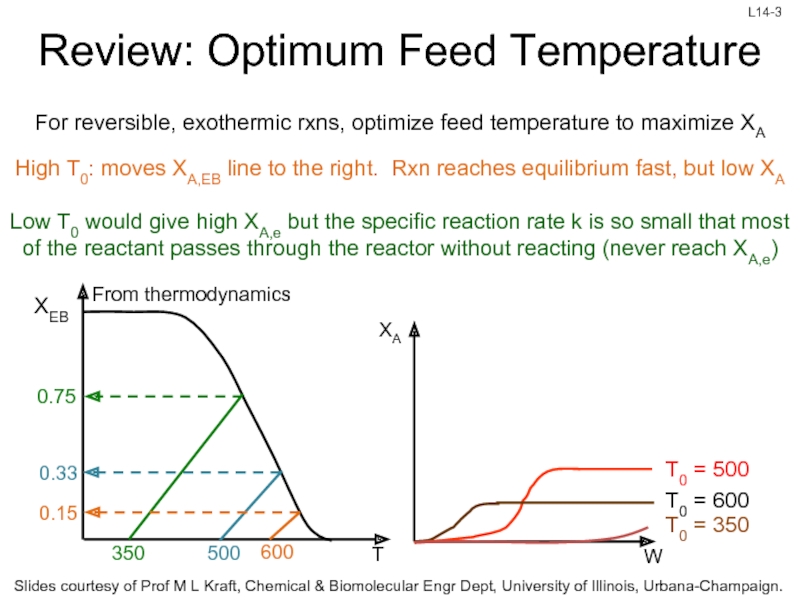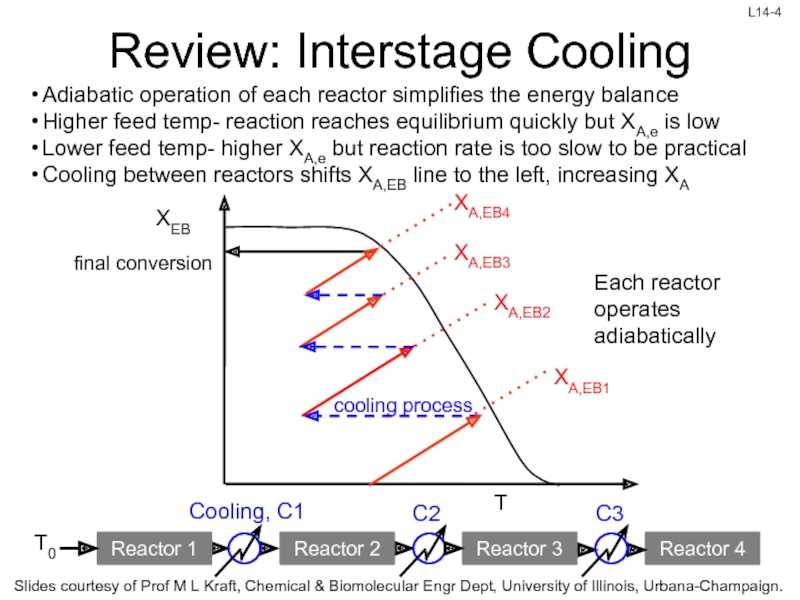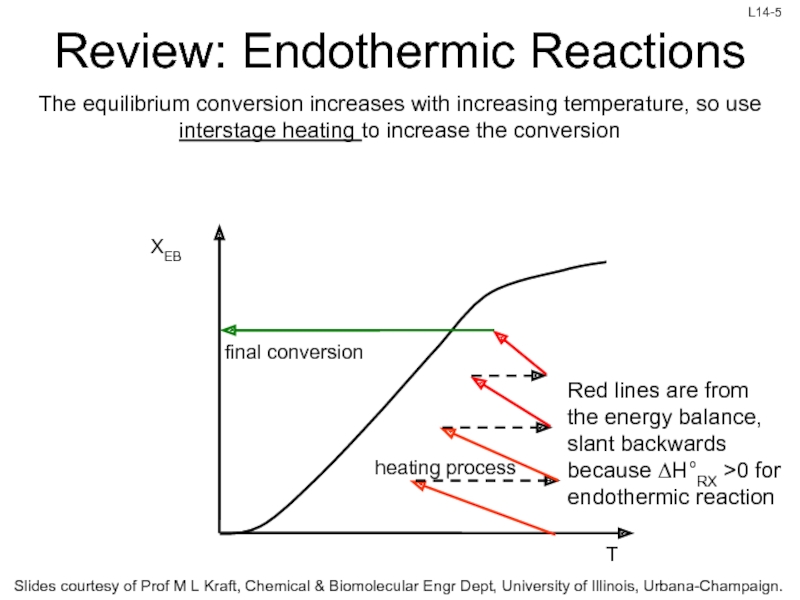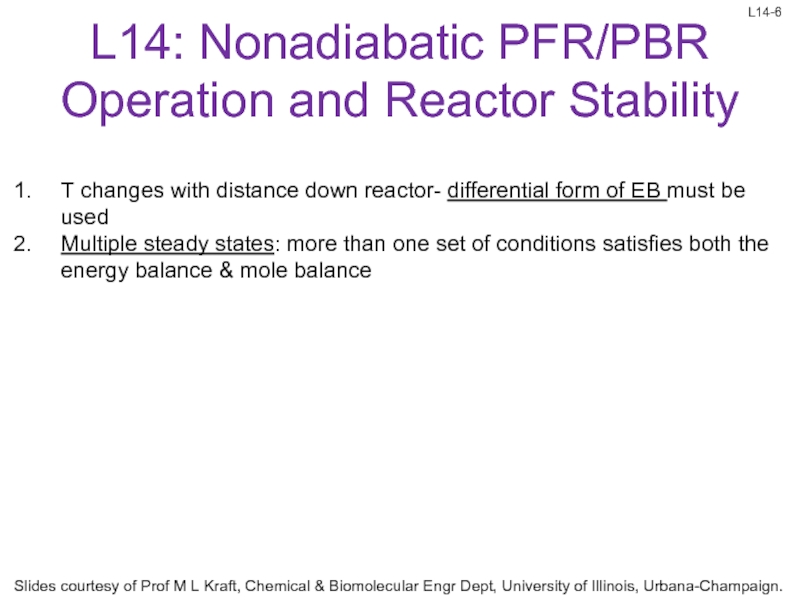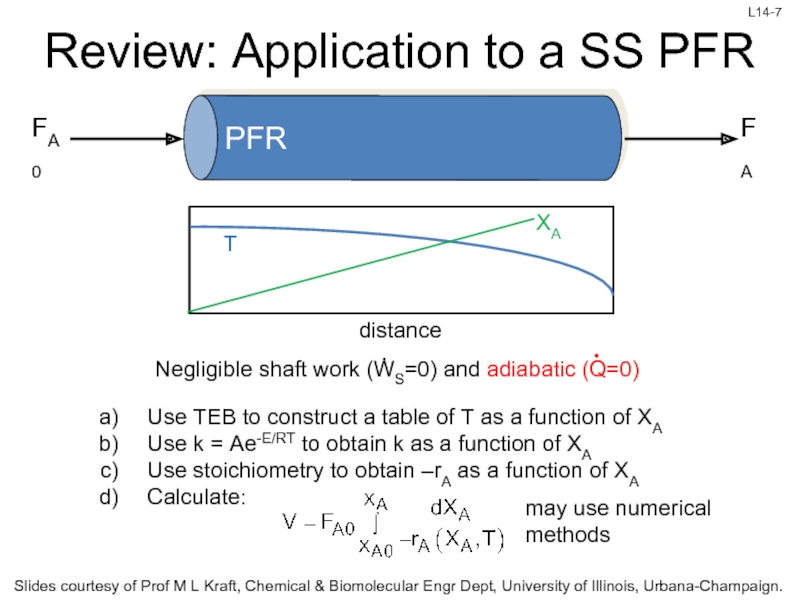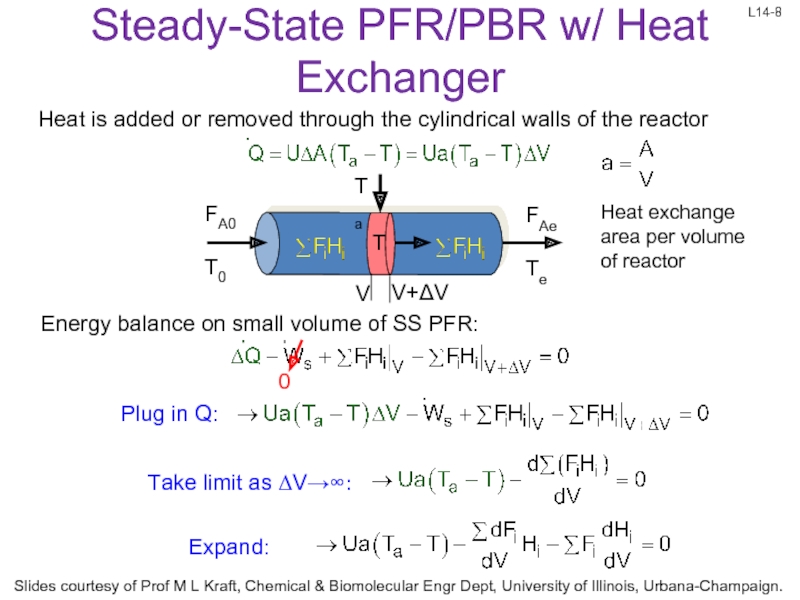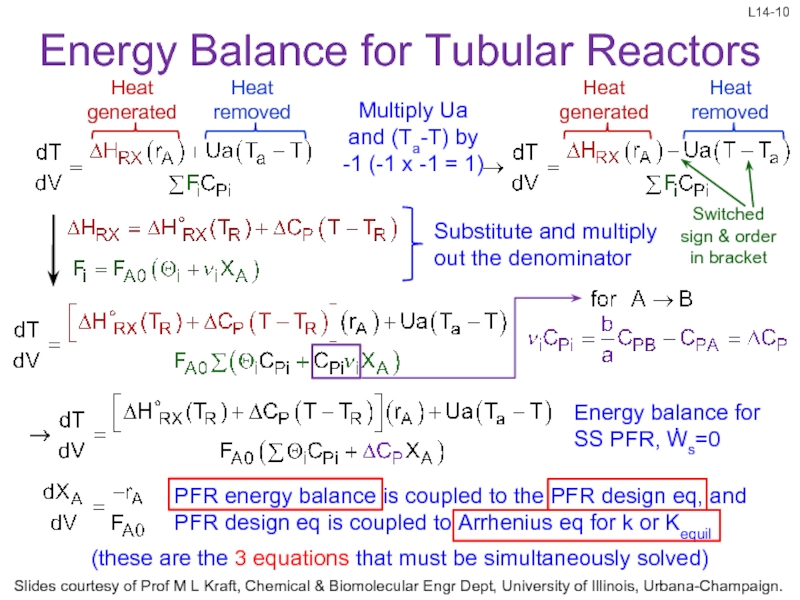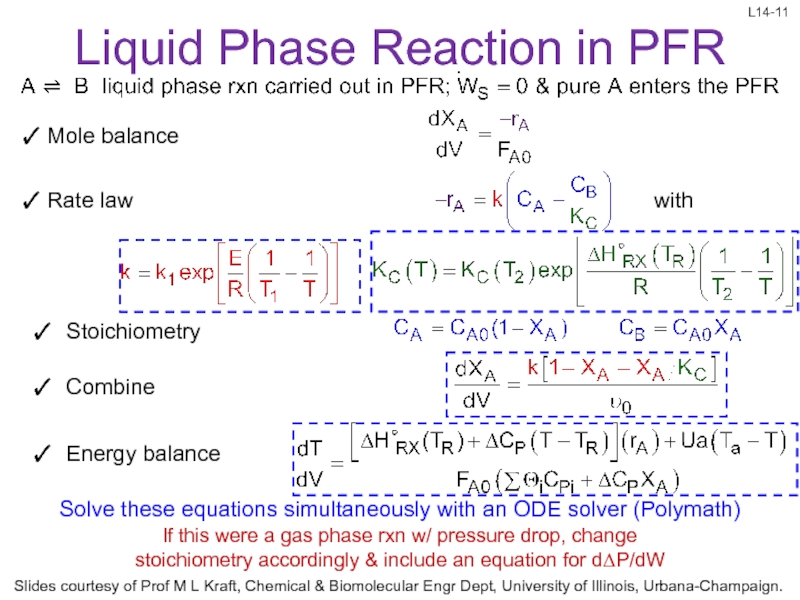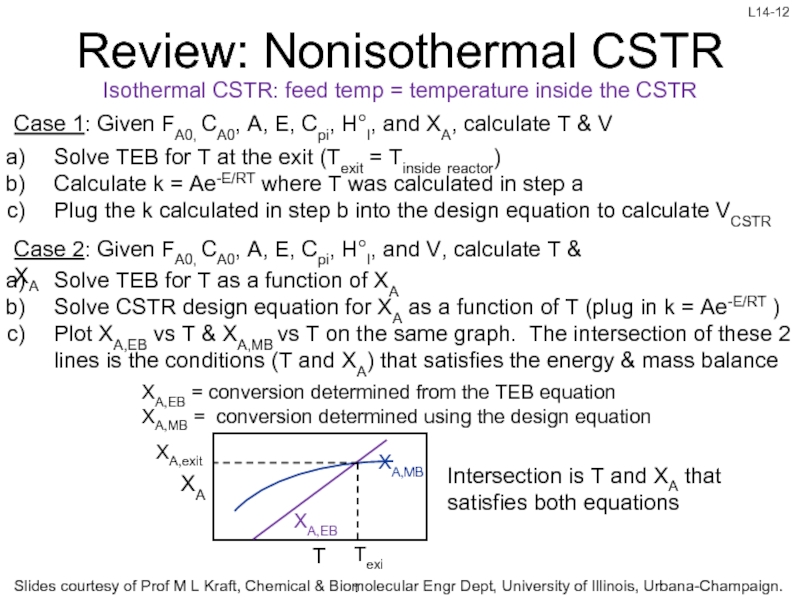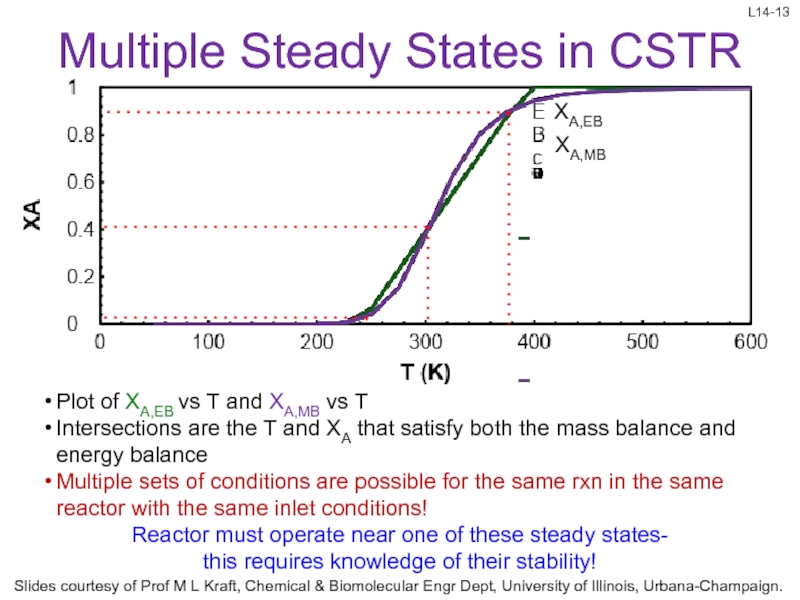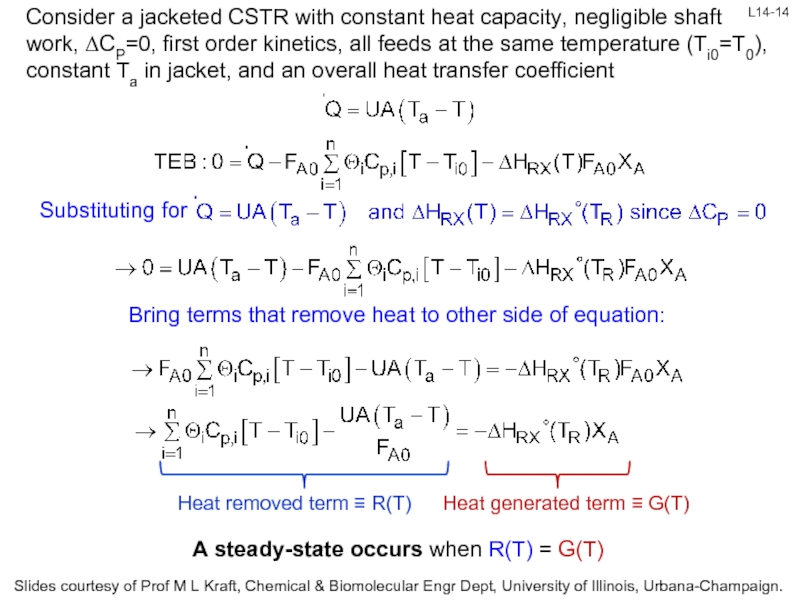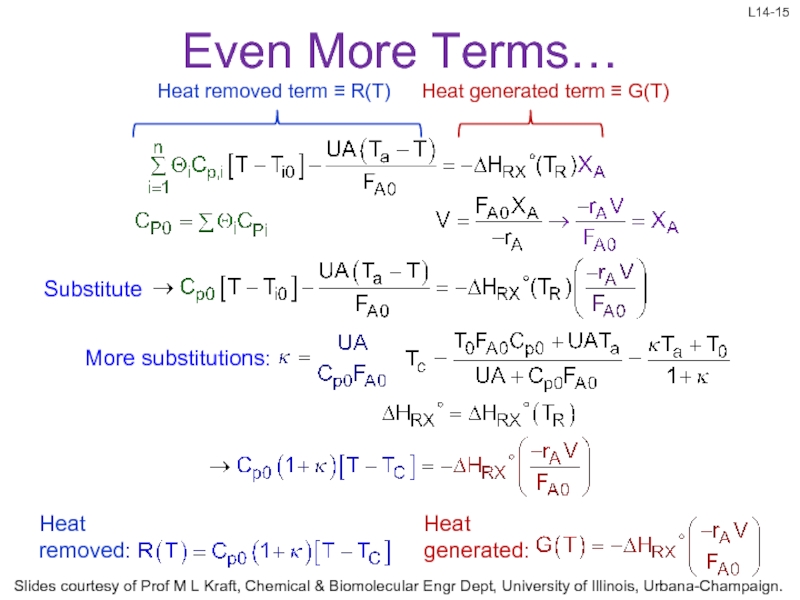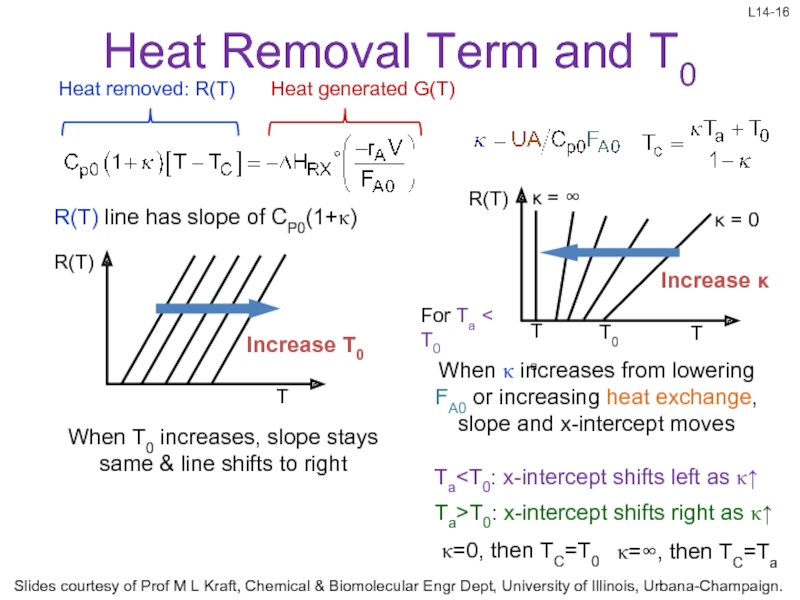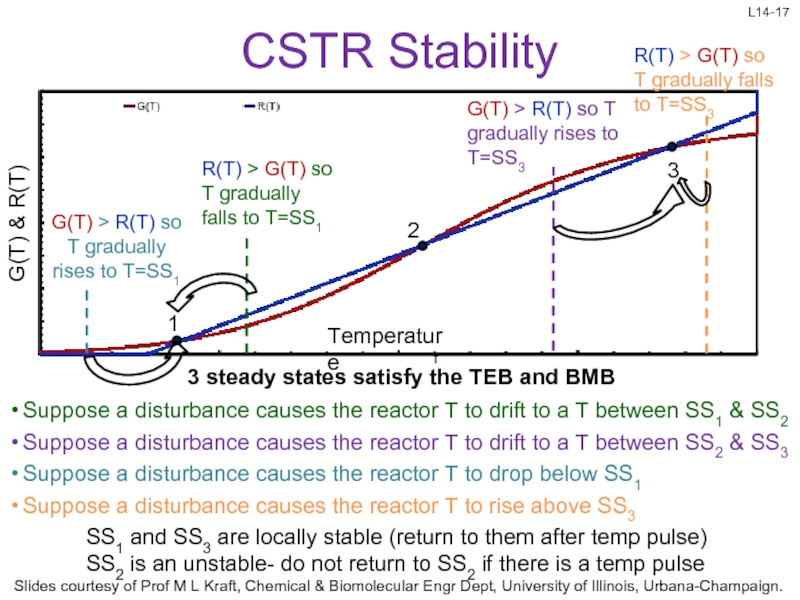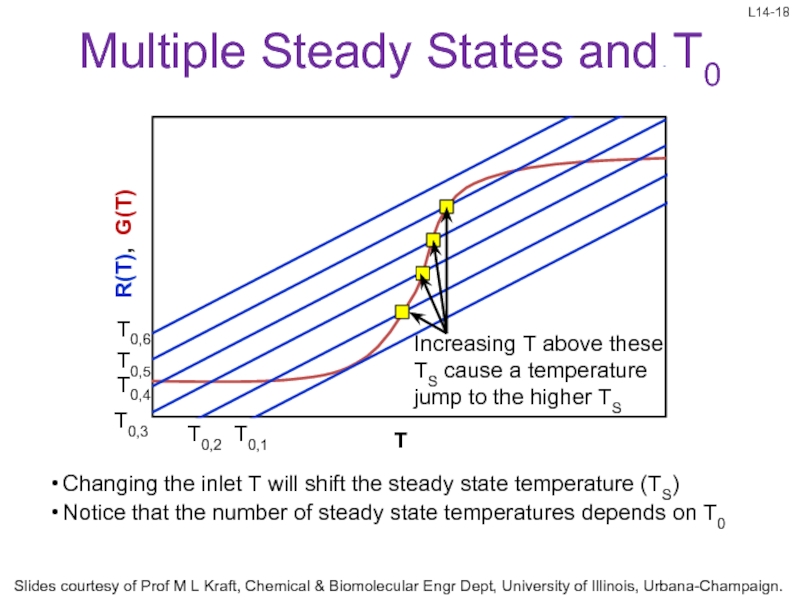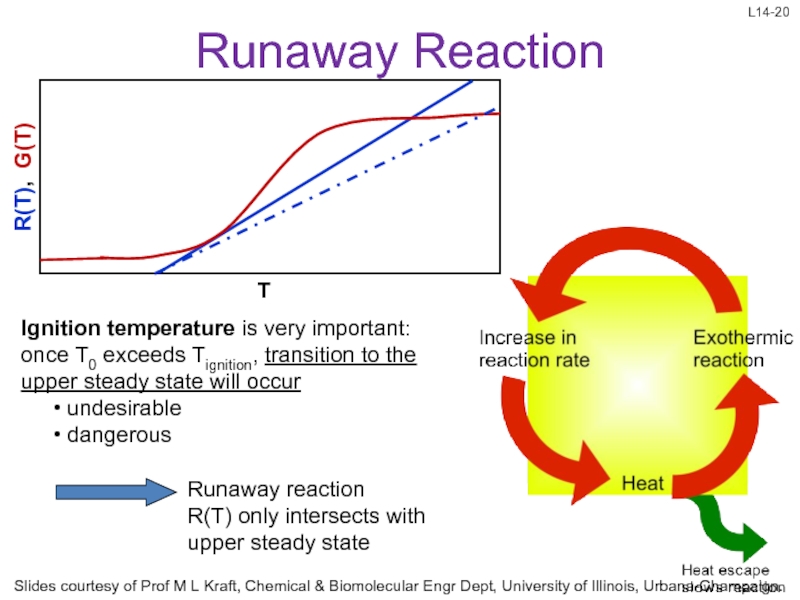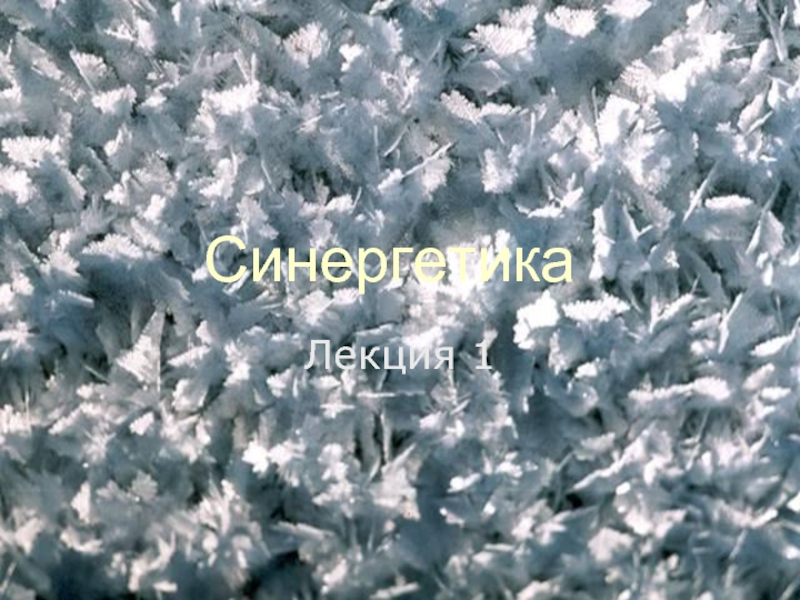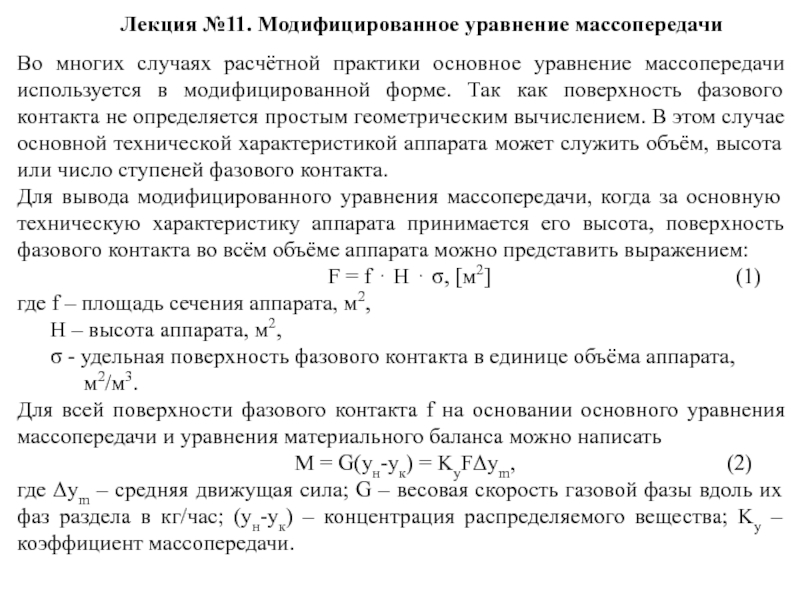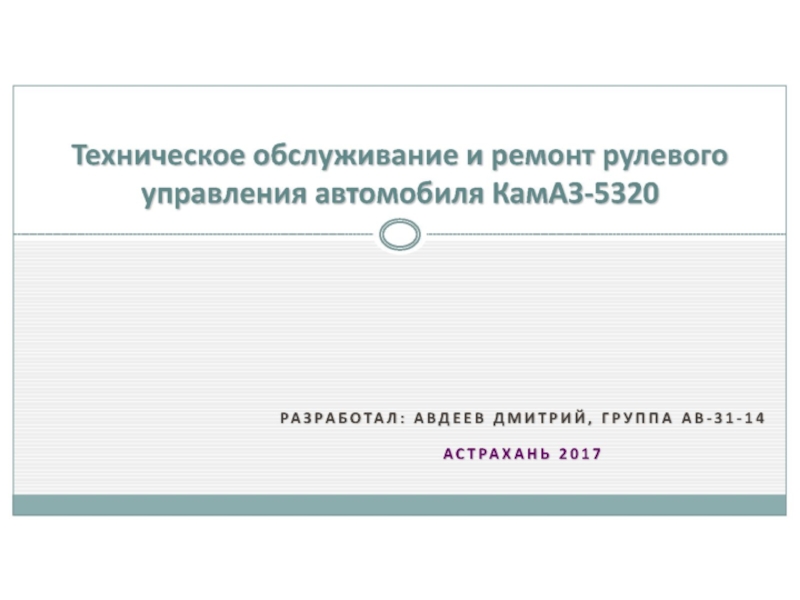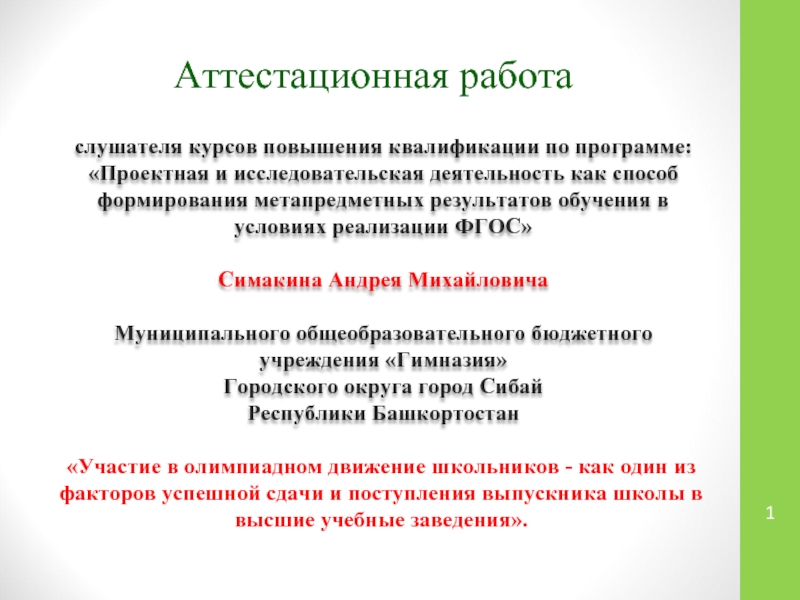This equation enables us to express Xae as a function of T
- Главная
- Разное
- Дизайн
- Бизнес и предпринимательство
- Аналитика
- Образование
- Развлечения
- Красота и здоровье
- Финансы
- Государство
- Путешествия
- Спорт
- Недвижимость
- Армия
- Графика
- Культурология
- Еда и кулинария
- Лингвистика
- Английский язык
- Астрономия
- Алгебра
- Биология
- География
- Детские презентации
- Информатика
- История
- Литература
- Маркетинг
- Математика
- Медицина
- Менеджмент
- Музыка
- МХК
- Немецкий язык
- ОБЖ
- Обществознание
- Окружающий мир
- Педагогика
- Русский язык
- Технология
- Физика
- Философия
- Химия
- Шаблоны, картинки для презентаций
- Экология
- Экономика
- Юриспруденция
Review: Equilibrium Conversion XAe презентация
Содержание
- 1. Review: Equilibrium Conversion XAe
- 2. Review: XAe and Temperature Makes sense from
- 3. Review: Optimum Feed Temperature For reversible, exothermic
- 4. Review: Interstage Cooling Adiabatic operation of each
- 5. The equilibrium conversion increases with increasing temperature,
- 6. L14: Nonadiabatic PFR/PBR Operation and Reactor Stability
- 7. Review: Application to a SS PFR Use
- 8. Heat is added or removed through the
- 9. TEB for PFR/PBR w/ Heat Exchanger Substitute the differentials: Solve for dT/dV:
- 10. Heat generated Energy Balance for Tubular Reactors
- 11. Liquid Phase Reaction in PFR Mole
- 12. Review: Nonisothermal CSTR Solve TEB for T
- 13. Multiple Steady States in CSTR Plot of
- 14. Consider a jacketed CSTR with constant heat
- 15. Even More Terms… Heat removed term
- 16. For Ta < T0 Heat Removal Term
- 17. CSTR Stability 1 2
- 18. Multiple Steady States and T0 R(T), G(T)
- 19. Unstable steady states Slight increase in
- 20. Runaway Reaction Ignition temperature is
Слайд 1Review: Equilibrium Conversion XAe
Example) A⇌B CA0=1 CB0=0
Rearrange to solve in
Слайд 2Review: XAe and Temperature
Makes sense from Le Chatelier’s principle
Exothermic rxn produces
increasing temp adds heat (product) & pushes rxn to left (lower conversion)
Makes sense from Le Chatelier’s principle
Heat is a reactant in an endothermic rxn→
increasing temp adds reactant (heat) & pushes rxn to right (higher conversion)
Clicker question material
Слайд 3Review: Optimum Feed Temperature
For reversible, exothermic rxns, optimize feed temperature to
From thermodynamics
XEB
T
600
500
350
0.15
0.33
0.75
High T0: moves XA,EB line to the right. Rxn reaches equilibrium fast, but low XA
Low T0 would give high XA,e but the specific reaction rate k is so small that most of the reactant passes through the reactor without reacting (never reach XA,e)
Слайд 4Review: Interstage Cooling
Adiabatic operation of each reactor simplifies the energy balance
Higher
Lower feed temp- higher XA,e but reaction rate is too slow to be practical
Cooling between reactors shifts XA,EB line to the left, increasing XA
Слайд 5The equilibrium conversion increases with increasing temperature, so use interstage heating
Review: Endothermic Reactions
XEB
T
heating process
final conversion
Red lines are from the energy balance, slant backwards because ΔH°RX >0 for endothermic reaction
Слайд 6L14: Nonadiabatic PFR/PBR Operation and Reactor Stability
T changes with distance down
Multiple steady states: more than one set of conditions satisfies both the energy balance & mole balance
Слайд 7Review: Application to a SS PFR
Use TEB to construct a table
Use k = Ae-E/RT to obtain k as a function of XA
Use stoichiometry to obtain –rA as a function of XA
Calculate:
may use numerical methods
Слайд 8Heat is added or removed through the cylindrical walls of the
Steady-State PFR/PBR w/ Heat Exchanger
Energy balance on small volume of SS PFR:
0
Heat exchange area per volume of reactor
Take limit as ΔV→∞:
Expand:
Plug in Q:
Слайд 10Heat generated
Energy Balance for Tubular Reactors
Heat removed
Heat generated
Heat removed
Energy balance for
PFR energy balance is coupled to the PFR design eq, and PFR design eq is coupled to Arrhenius eq for k or Kequil
(these are the 3 equations that must be simultaneously solved)
Multiply Ua and (Ta-T) by
-1 (-1 x -1 = 1)
Switched sign & order in bracket
Слайд 11Liquid Phase Reaction in PFR
Mole balance
Rate law
Stoichiometry
Combine
with
Energy balance
Solve these
If this were a gas phase rxn w/ pressure drop, change stoichiometry accordingly & include an equation for dΔP/dW
Слайд 12Review: Nonisothermal CSTR
Solve TEB for T at the exit (Texit =
Calculate k = Ae-E/RT where T was calculated in step a
Plug the k calculated in step b into the design equation to calculate VCSTR
Case 1: Given FA0, CA0, A, E, Cpi, H°I, and XA, calculate T & V
Solve TEB for T as a function of XA
Solve CSTR design equation for XA as a function of T (plug in k = Ae-E/RT )
Plot XA,EB vs T & XA,MB vs T on the same graph. The intersection of these 2 lines is the conditions (T and XA) that satisfies the energy & mass balance
Case 2: Given FA0, CA0, A, E, Cpi, H°I, and V, calculate T & XA
XA,EB = conversion determined from the TEB equation
XA,MB = conversion determined using the design equation
XA
T
XA,EB
XA,MB
XA,exit
Texit
Intersection is T and XA that satisfies both equations
Isothermal CSTR: feed temp = temperature inside the CSTR
Слайд 13Multiple Steady States in CSTR
Plot of XA,EB vs T and XA,MB
Intersections are the T and XA that satisfy both the mass balance and energy balance
Multiple sets of conditions are possible for the same rxn in the same reactor with the same inlet conditions!
Reactor must operate near one of these steady states- this requires knowledge of their stability!
XA,MB
Слайд 14Consider a jacketed CSTR with constant heat capacity, negligible shaft work,
Heat removed term ≡ R(T)
Heat generated term ≡ G(T)
A steady-state occurs when R(T) = G(T)
Bring terms that remove heat to other side of equation:
Слайд 15Even More Terms…
Heat removed term ≡ R(T)
Heat generated term ≡ G(T)
Substitute
More
Heat removed:
Heat generated:
Слайд 16For Ta < T0
Heat Removal Term and T0
Heat removed: R(T)
Heat generated
When T0 increases, slope stays same & line shifts to right
R(T) line has slope of CP0(1+κ)
When κ increases from lowering FA0 or increasing heat exchange, slope and x-intercept moves
Ta Ta>T0: x-intercept shifts right as κ↑ κ=0, then TC=T0 κ=∞, then TC=Ta
Слайд 17CSTR Stability
1
2
3
3 steady states satisfy the TEB and BMB
Suppose a disturbance
R(T) > G(T) so T gradually falls to T=SS1
Suppose a disturbance causes the reactor T to drift to a T between SS2 & SS3
G(T) > R(T) so T gradually rises to T=SS3
Suppose a disturbance causes the reactor T to drop below SS1
G(T) > R(T) so T gradually rises to T=SS1
Suppose a disturbance causes the reactor T to rise above SS3
R(T) > G(T) so T gradually falls to T=SS3
SS1 and SS3 are locally stable (return to them after temp pulse)
SS2 is an unstable- do not return to SS2 if there is a temp pulse
Temperature
G(T) & R(T)
Слайд 18Multiple Steady States and T0
R(T), G(T)
T
T0,1
T0,2
T0,3
T0,4
T0,5
T0,6
Changing the inlet T will shift
Notice that the number of steady state temperatures depends on T0
Increasing T above these TS cause a temperature jump to the higher TS
Слайд 19Unstable
steady states
Slight increase in T above TS,green causes reactor T
Temperature Ignition-Extinction Curve
T0, entering temperature
Ts, steady-state temp
ignition temperature
extinction temperature
Upper steady state
Lower steady state
Plot TS vs T0
TS,upper
TS,lower
TS along dashed line are unstable
R(T), G(T)
T
Ignition temp: T where jump from TS,lower to TS,upper occurs
Slight decrease in T below TS,magenta causes reactor T to drop to TS,yellow
Extinction temp: T where drop from TS,upper to TS,lower occurs
Слайд 20Runaway Reaction
Ignition temperature is very important: once T0 exceeds Tignition, transition
undesirable
dangerous
Runaway reaction
R(T) only intersects with upper steady state
R(T), G(T)
T
